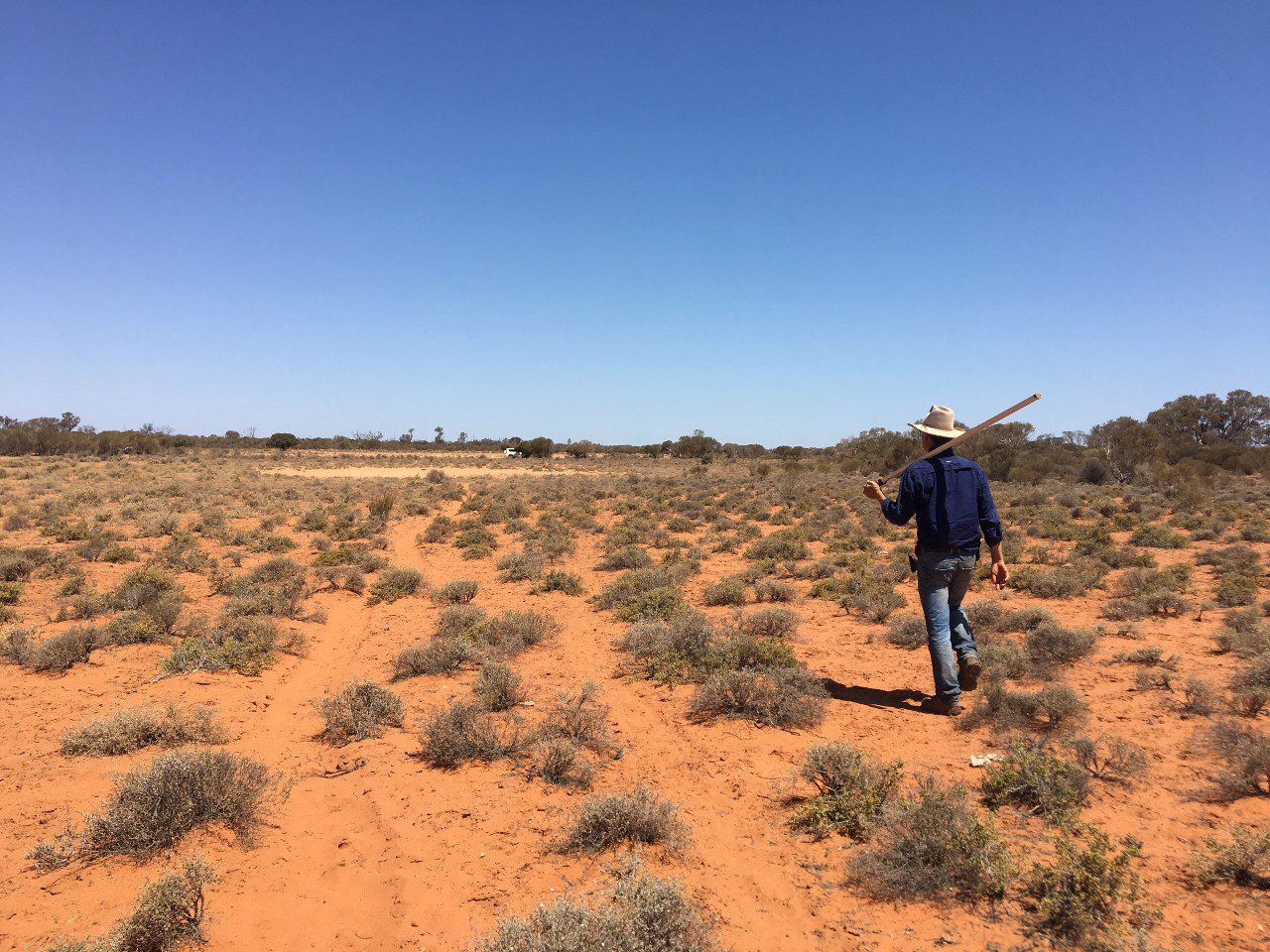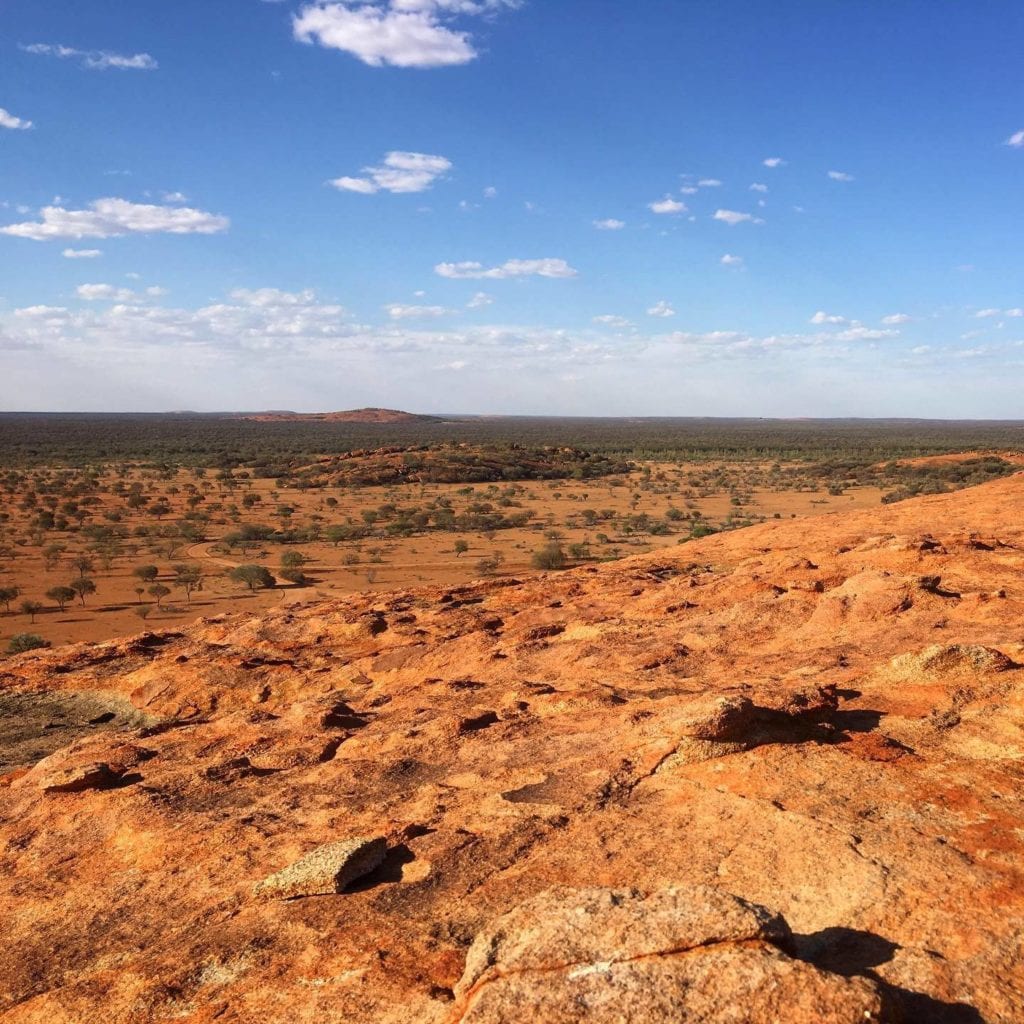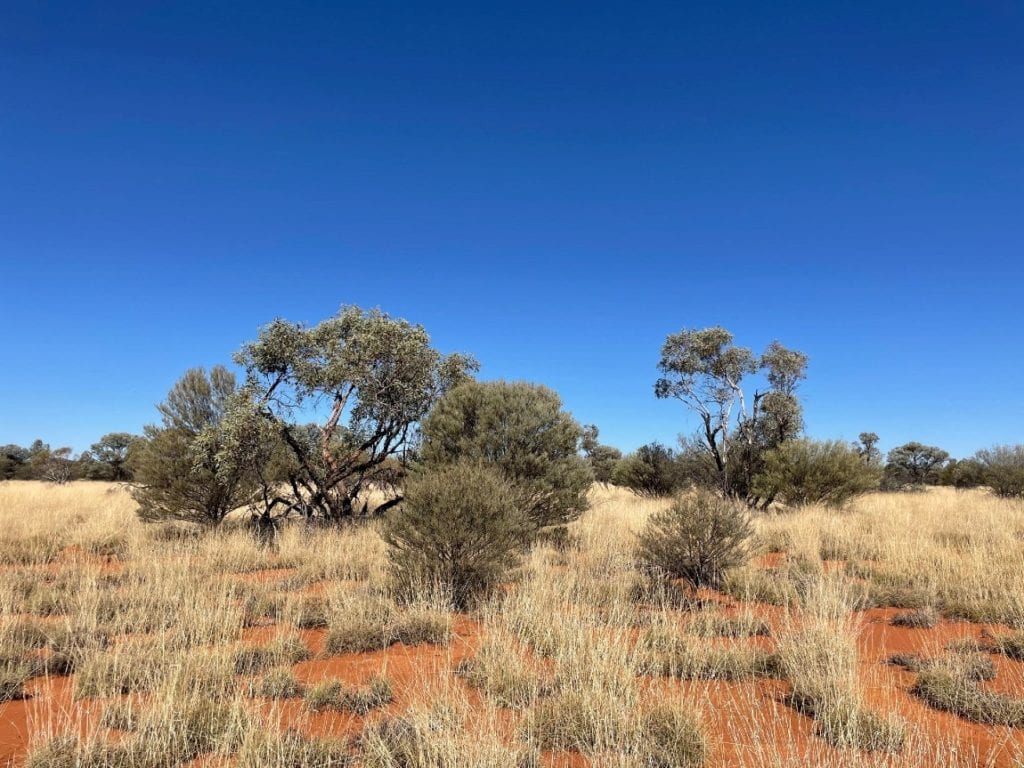Dean Revell (CEO - BSc (Agric) PhD)
We spend a lot of time in Select Carbon reading, interpreting and discussing policies, regulations and scientific research. It’s all essential, but the documents are not what you typically might reach for when searching for a good read. So when you see something a bit different, it’s always a pleasant surprise.
This happened to me when I saw a recent scientific paper title: “Beyond the obvious impact of domestic livestock grazing on temperate forest vegetation – A global review.” It caught my eye because it seemed to align with what I think – and as you know, when you see or hear something that aligns with your own thoughts, you immediately think it’s great. I’ve come to realise (and it’s a view supported by the paper) that when it comes to production systems and land management, it is not so much what but how.
It’s too simplistic to say, for example, that grazing is positive or negative for the environment, because it depends on how you manage the grazing. It’s even too simplistic to say rotational grazing is good or not, as it depends on how you rotationally graze. And this brings us directly to the carbon projects we manage with you, because they are based on the management of the timing and extent of grazing.
The scientific literature is full of contradictory or confusing statements, and it’s hard to make sense of it all because so much depends on the local context – the local soil conditions and plant species, seasonal conditions and management practices. In the journal paper that caught my eye, the “obvious impact” is that grazing reduces biomass – that is, when animals eat something, there is at least temporarily less of it (who’d have thought, huh?). Of course, with time and rest, most plants can recover, and some even do better with periodic grazing. But a rest and recovery period is important.
What was more interesting was the raft of “less obvious” effects of grazing, relevant to conservation. These less obvious effects depended on how grazing was managed, and the positive outcomes included increased habitat diversity, increased plant diversity, and increased regeneration of some canopy tree species. I can’t let that sentence go without saying that increased plant diversity is also a good thing for the grazing animals themselves – it’s such an important factor determining their productivity.
The global review also confirmed that grazing and trampling can reduce plant sapling numbers relative to seedling numbers - in line with our approach of managing grazing to allow sapling plants (young vegetation) to thrive and eventually attain forest cover in your Carbon Estimation Areas.
The indices of good land (plant or soil) condition can easily head in the wrong direction with inappropriate grazing management, I think we all accept that. But I found it useful to have reinforced the view that both grazing and conservation outcomes can align positively.
The link between how we manage grazing and conservation brings another topic to the forefront – ‘co-benefits’. If you manage your animals and your land appropriately and adaptively, and we can show improvement not only in carbon abatement but other good things too – including the “less obvious” things. In other communication with you during this year, we’ll talk about this some more, as there is growing interest in verifying and valuing the co-benefits that can – if we get the how right – be produced from well-managed carbon projects.





